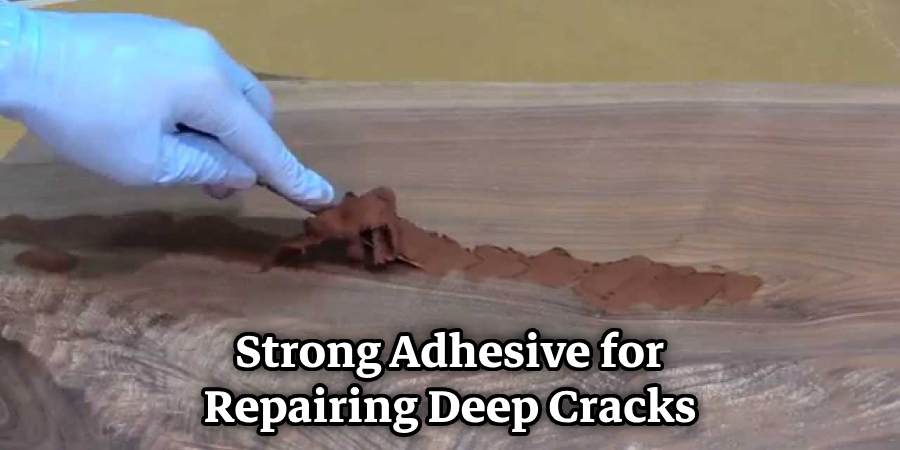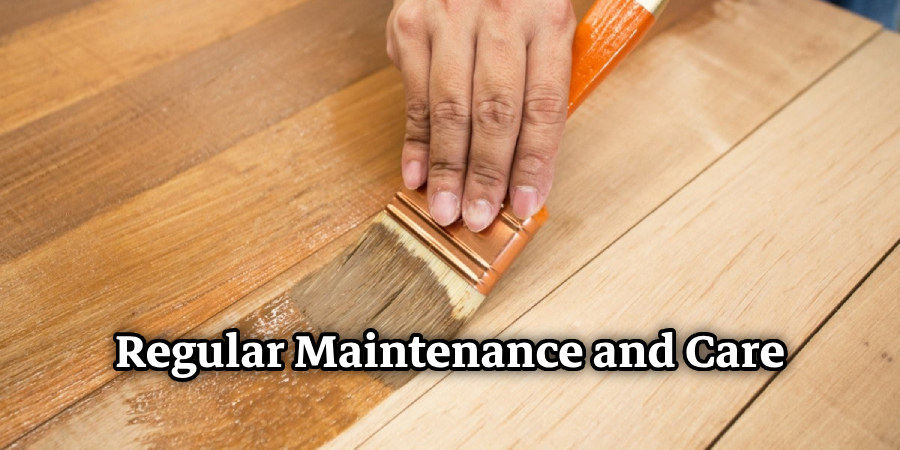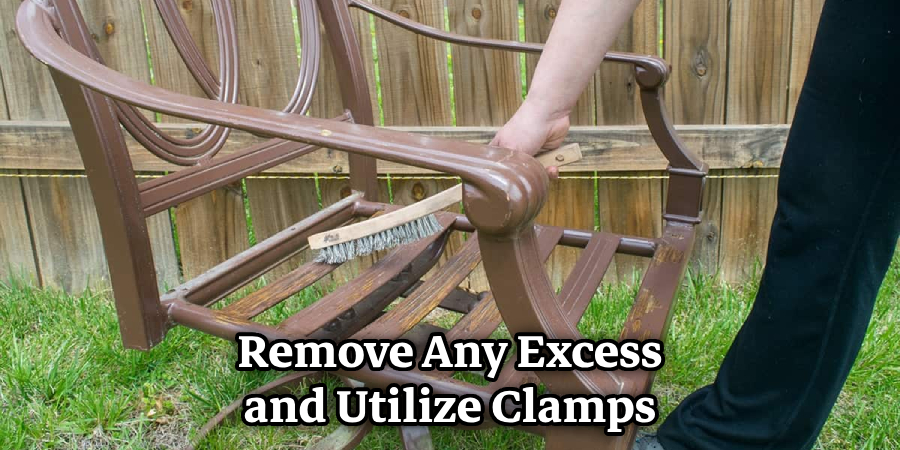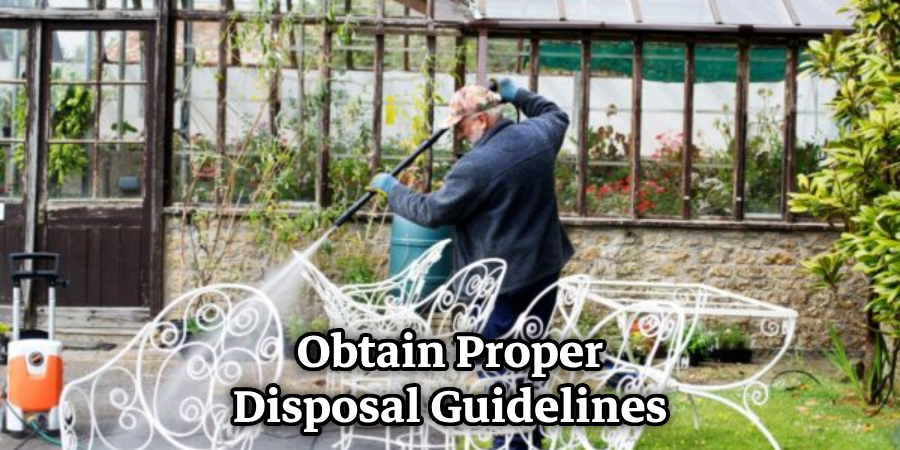Outdoor patio chairs are essential for creating a comfortable and inviting space in your backyard or garden. Over time, exposure to the elements can cause these chairs to deteriorate, resulting in wear and tear, wobbly legs, or broken slats.
Instead of discarding your beloved patio chairs, why not consider repairing them and giving them a new lease on life? In this article, we will provide you with a step-by-step guide on how to repair patio chairs, allowing you to enjoy your outdoor seating for years to come.
What We Need To Repair Patio Chair
To repair patio chairs, you’ll need various tools and materials, depending on the type of damage and the construction of the chairs. Presented below is an all-inclusive list of materials you may require:
Screwdriver Set: To tighten or remove screws and bolts.
Wrench Or Pliers: A wrench or pliers are essential tools for tightening nuts and bolts on metal chairs.
Sandpaper: Medium and fine grit for sanding wooden surfaces.
Wood Glue: To repair cracks and loose joints in wooden chairs.
Epoxy Adhesive: Strong adhesive for repairing deep cracks or bonding different materials.

Replacement Wooden Slats: If your patio chairs have broken wooden slats, you’ll need new ones to replace them.
Metal Parts: For metal chairs, you might need replacement metal parts such as brackets, screws, or bolts.
Outdoor Fabric: If you have sling chairs with torn or worn-out fabric, you’ll need new outdoor fabric to re-sling the chairs.
Spline Tool: For securing fabric into the channels of sling chairs.
Clamps: To hold wooden pieces together while the glue dries.
Wood Dowels Or Metal Braces: For reinforcing wobbly chair legs.
Paint Or Varnish: If you want to refinish wooden chairs and protect them from the elements.
Wire Brush: For removing rust or loose paint on metal chairs during refinishing.
Rust-Resistant Primer: To prepare metal chairs for painting and prevent future rusting.
Waterproof Furniture Covers: Waterproof furniture covers are utilized to shield chairs from the elements when they are not in use.
Rubber Pads Or Coasters: To prevent scratching and damage to chair legs.
Mild Soap: For cleaning the chairs during regular maintenance.
Soft Brush Or Sponge: To scrub and clean the chairs gently.
Before gathering the necessary tools and materials, assessing the specific damage to your patio chairs is crucial. Once you know the extent of the repairs required, you can make a comprehensive shopping list and be fully prepared to restore your patio chairs to their former glory.
Step-by-Step Guide on How To Repair Patio Chairs
Repairing patio chairs is a satisfying and cost-effective way to extend the life of your outdoor furniture. Restoring your patio chairs to their former glory is achievable by assessing the damage, gathering the necessary tools and materials, and following the step-by-step repair guide. Regular maintenance and care will also help prolong their lifespan, allowing you to relax and enjoy the outdoors in comfort and style for years.

Section 1: Assessing the Damage
Before commencing the repair process, assessing the extent of the damage to your patio chairs is crucial. Inspect each chair individually and note any visible issues such as loose screws, cracked wood, or damaged slings. Understanding the problems will help you prepare a targeted repair plan for each chair.
Section 2: Gathering the Necessary Tools and Materials
Having the right tools and materials to repair patio chairs effectively is essential. Here’s a list of items you might require:
Screwdriver set (Phillips and flathead)
Wrench or pliers
Sandpaper (medium and fine grit)
Wood glue
Epoxy adhesive
Replacement wooden slats or metal parts (if needed)
New outdoor fabric for sling chairs (if applicable)
Paint or varnish (if you want to refinish the chairs)
Having everything on hand before you begin the repair process will save you time and ensure a smooth restoration.
Section 3: Tightening Loose Screws and Bolts
The first step in repairing patio chairs is to tighten loose screws or bolts. Secure these fasteners properly using either a screwdriver or a wrench. Sometimes, you might need to replace old or rusted screws with new ones for added stability.
Section 4: Fixing Cracks in Wooden Chairs
For wooden patio chairs with cracks, apply wood glue to the damaged areas and press the pieces together firmly. After applying the glue, remove any excess and utilize clamps to hold the joint in position until the glue dries entirely.

Once the glue has been set, employ medium-grit sandpaper to achieve a smooth surface on the repaired area. Consider using epoxy adhesive for a stronger bond for deep cracks or splits.
Section 5: Replacing Broken Slats
It is advisable to replace patio chairs with broken wooden slats entirely. Remove the damaged slat by unscrewing or prying it off carefully. Measure the dimensions of the old slat and use it as a template to cut the replacement slat from a suitable outdoor-friendly wood. Smooth the edges of the new slat by sanding and then applying a weather-resistant finish, such as paint or varnish, to shield it from the elements.
Section 6: Repairing Wobbly Legs
Wobbly chair legs can compromise the stability of the entire chair. To address this problem, examine the joints connecting the legs to the seat or frame. If you find loose or damaged joints, apply wood glue to the affected area and use clamps to hold the pieces together until the glue dries.
Consider inserting wood dowels or metal braces into the joints for added reinforcement.
Section 7: Restoring Sling Chairs
Sling chairs are popular for patio seating due to their comfort and style. Over time, the fabric slings may become worn or torn. To restore sling chairs:
Remove The Old Fabric: Use a seam ripper or scissors to remove the old sling fabric from the chair frame.
Measure And Cut New Fabric: Measure the dimensions of the old sling and cut a new piece of outdoor fabric to match.
Attach The New Fabric: Fold the edges of the fabric and slide them into the channels on the chair frame. Use a spline tool to push the fabric securely into place.
Secure The Fabric: Tighten the screws or bolts on the chair frame to hold the new fabric securely in place.

Section 8: Refinishing Metal Chairs
For metal patio chairs with peeling paint or rust, consider refinishing them to give them a fresh look. Commence the process by eliminating loose paint or rust using a wire brush or sandpaper. Ensure to clean the surface thoroughly before applying a coat of rust-resistant primer. Once the primer dries, apply outdoor paint in your preferred color to complete the refinishing process.
Section 9: Preventative Maintenance Tips
Now that you’ve successfully repaired your patio chairs, it’s essential to implement some preventative maintenance measures to ensure their longevity. Here are some helpful tips:
Regular Cleaning: Dirt, dust, and debris can accumulate on your patio chairs, causing damage over time. Frequently clean the chairs using mild soap, water, and a soft brush or sponge, and refrain from using abrasive cleaners that may scratch the surface or harm the finish.
Protect From The Elements: Extreme weather conditions, such as direct sunlight, rain, or snow, can take a toll on your patio chairs. During periods of non-use, it is advisable to protect the chairs by covering them with waterproof furniture covers or storing them in a sheltered area.
Apply Waterproof Sealant: If your patio chairs are made of wood, applying a weatherproof sealant every year or two can provide additional protection against moisture and UV rays, preventing cracking and fading.
Inspect Regularly: Conduct regular inspections for your patio chairs, checking for any signs of wear and tear. By identifying issues early on, you can prevent them from escalating into more extensive and costly repairs.
Use Coasters And Pads: If you have metal or wooden patio chairs on a deck or stone surface, use coasters or rubber pads under the legs to prevent scratching and damage.
Rotate Cushions: If your patio chairs have cushions, rotate them regularly to distribute wear evenly and prolong their lifespan.
Store Indoors During Winter: In regions with harsh winters, storing your patio chairs indoors during the colder months is advisable. This practice will safeguard them from freezing temperatures and snow accumulation.
Section 10: Upcycling and Recycling
Sometimes, certain patio chairs may be beyond repair despite your best efforts. Instead of discarding them, consider upcycling or recycling them to reduce waste and environmental impact. Upcycling involves repurposing old chairs into creative and functional items, such as planters, outdoor decor, or even indoor furniture.

Recycling metal and plastic chairs ensure that their materials are appropriately reused, minimizing their impact on landfills and the environment. Ensure to inquire with your local recycling center or waste management facility to obtain proper disposal guidelines.
Conclusion
Repairing patio chairs is a practical and rewarding endeavor that saves money and promotes sustainability. Following the comprehensive guide in this article and adopting preventative maintenance practices, you can keep your outdoor seating in excellent condition for years.
Remember to regularly inspect your patio chairs, address issues promptly, and protect them from harsh weather conditions. If the chairs are beyond repair, explore upcycling possibilities or ensure responsible recycling to reduce waste.
With the knowledge and skills gained from this guide, you’ll be well-equipped to revive and maintain your patio chairs, creating a welcoming and comfortable outdoor space for you and your loved ones to enjoy year-round. Be Happy to know how to repair patio chairs!
Professional Focus:
Arden Bernier is dedicated to exploring and advancing patio design and maintenance, combining practical knowledge with innovative solutions. Specializing in outdoor living spaces, he provides expert advice on patio fixes, landscaping, and sustainable outdoor design. With a focus on creating functional, aesthetic, and durable outdoor environments, Arden empowers homeowners to transform their patios into beautiful and relaxing retreats.
Vision:
To inspire and assist homeowners in creating functional, aesthetically pleasing outdoor spaces. Arden encourages creativity and practical problem-solving in patio design, making outdoor living more accessible and enjoyable for everyone.
Education:
- Bachelor of Arts (BA) in Environmental Design – University of California, Berkeley.
- Master of Science (MS) in Landscape Architecture – University of Southern California.
- Specialized training in sustainable landscape design, outdoor space planning, and eco-friendly materials.
Recognition:
- Author at PatioFixes.com, providing expert advice on patio maintenance and design.
- Featured in online platforms and home improvement blogs for valuable tips on patio fixes and outdoor living.
- Recognized for his contributions to making outdoor spaces more eco-friendly and sustainable.
Expertise:
Patio expert with a focus on creating functional, beautiful, and durable outdoor living spaces. Specialization includes:
- Patio design and construction
- Outdoor furniture and décor
- Landscaping and sustainable patio solutions
- Outdoor maintenance and repair techniques
